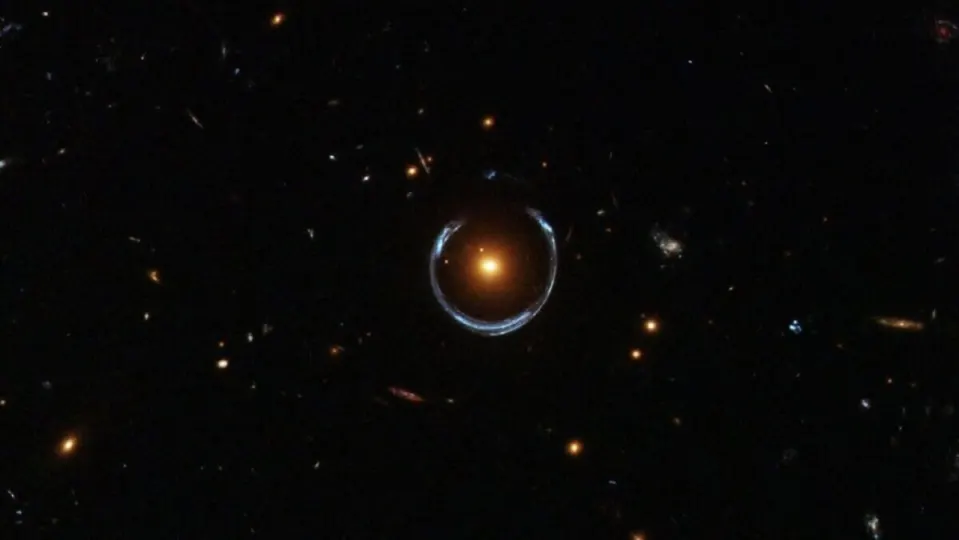Our solar system officially hosts eight planets, but some scientists claim there might be a ninth. And it’s not just Pluto enthusiasts: evidence suggests that a massive, yet-to-be-discovered world lurks in the dark corners of our space.
Now, a new study has discovered that the peculiarities of the outer solar system could be explained through modified gravity theories, an alternative idea to dark matter.
A theory that dates back to the 19th century
In the 19th century, astronomers measuring Uranus’s orbit observed discrepancies between their observations and predictions. They concluded it was being influenced by the gravity of a large, invisible body. As a result, the planet Neptune was soon discovered.
In 2016, astronomers made a similar prediction: based on the peculiar orbital patterns of six icy objects in the Kuiper Belt, an unknown planet with the mass of about 10 Earths could be pulling them from the shadows. Other evidence from different objects and even the tilt of the Sun seemed to bolster the argument.
However, other scientists have proposed alternative explanations, such as gravitational interactions between planets, a distant disk of rock and ice, or even a mini black hole. Now, a team has put forth an even more outlandish idea: modifying the theory of gravity itself.
It’s not as far-fetched a claim as it might seem. Although Newton’s Universal Law of Gravitation explains the large-scale structure and movement of the universe quite well, it falls short in some situations.
For nearly a century, dark matter has been the go-to filler to plug the holes left by Newton’s law in our cosmological models. This mysterious substance is believed to pervade the universe, not reflecting or emitting any light and only interacting with regular matter through its strong gravity.
Despite being widely accepted, dark matter has never been directly detected, despite many experiments conducted in its pursuit.
Some scientists suggest that perhaps instead, Newton’s law of gravity might need adjustments. For instance, gravity’s effects could be stronger at low accelerations than what Newton described, potentially negating the need for dark matter.
This model is known as Modified Newtonian Dynamics (MOND), and recently, evidence supporting it has been discovered in star clusters and more than 150 galaxies.
In a new study, theoretical physicists have applied MOND to the dataset used in the search for Planet Nine. According to their model, if MOND is valid, the orbits of some objects in the outer solar system should, over millions of years, align with the gravitational field of the Milky Way.
To the team’s surprise, they found that the clustering of these objects’ orbits precisely matched the observations in our solar system.
Despite the intrigue of the study, the team acknowledges that the dataset is relatively small, and there are still many other possible explanations. Meanwhile, the search for dark matter and Planet Nine is likely to continue.


